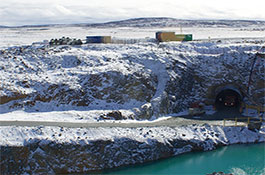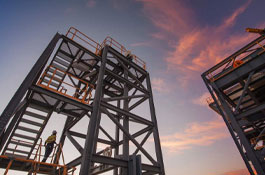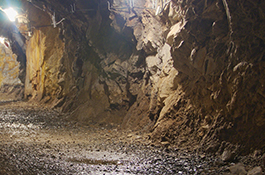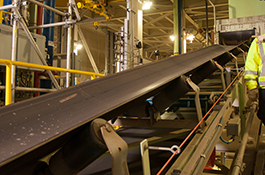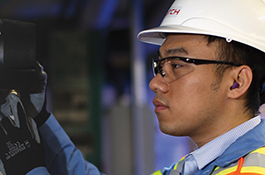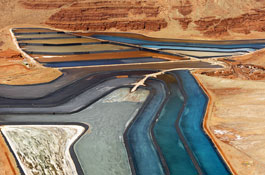

Innovation in Mining
A step change begins with a vision of what is possible
Achieve zero harm
High-value mining enterprise
High-intensity mining
Step-change productivity
Blogs

Organizations are shifting focus and adapting to changes shaping global industries, resulting in an increased focus on sustainability, the adoption of digital tools and artificial intelligence, and adaptation to global supply chain changes. These shifts are affecting companies across all sectors, especially in mining and metals. In Southern Africa, these trends have been amplified by infrastructure challenges, reduced risk appetite, and limited capital flows.

A tale of three scopes: Part 2
In addition to scope 1 (direct emissions) and scope 2 (purchased electricity, heat, and steam), many organizations now have scope 3 emissions reduction targets in their climate change strategies.

Design coordination and its role in digital project delivery
As the digital project delivery landscape shifts, design coordinator roles must stay agile. How can we overcome these obstacles when deadlines are tight and stakes are high?
News
Hatch and URPS embark on South Australia's Climate Ready Coasts Program
Wednesday, October 25, 2023
Related projects
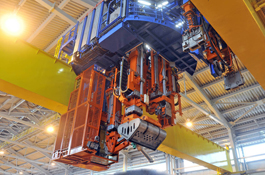
AP60 Smelter
Canada

Gahcho Kué Diamond Mine
Canada
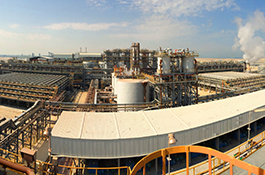
Ma'aden Alumina Refinery
Saudi Arabia
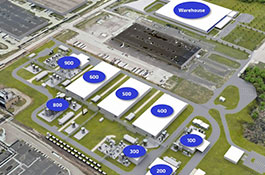
Li-Cycle Rochester Hub
Rochester, New York, USA
hth登录官网
North America

Organizational design and right-sizing
North America


